Hi, thanks for viewing my post!
- What does Canon 'EOS' stand for?
And what are advantages of Canon 'L' series lenses? Someone on a pervious thread had mentioned that they offer superior moisture control...
There certainly is a considerable difference in price between say the
-EF 50mm f / 1.2L USM & the EF 50mm f/1.4 USM, why is this?
Is there an advantage in picture quality alone or are there are other considerations?
Thanks for taking the time, here is my previous post: I plan to backpack abroad coming up soon!
I recently purchased the Canon EOS 30D with the 17-85 IS Kit.
In the near future I plan to teach English in Asia and backback through some of the many beautiful counties nearby. Something that I am very excited about! The prospect of merging photography with this endeavour is something I am carefully planning as having the right equipment will be critical to making the most of this epic journey.
My question is, drum roll please...which lens to purchase to supplement the 17-85 IS?
The prospective exposures/compositions that I will be charmed with will, no doubt, vary widely and will require a versatile lens fully capable of accomodating such diverse beauty. I am interested at two lenses primarily at this point:
-EF 28-300mm f/3.5-5.6L IS USM
-EF 70-200mm f/2.8L IS USM
My concern with the 28-300 is the quality of photographs, especially near the min and max focal lengths. What do you think? I have read everything I can get my hands on to this point in entering the world of Digital SLR, but would certainly appreciate your more experienced perspective. If you were in my shoes, and ready to shoot landscape, people, wildlife, etc on such a journey, and were able to purchase just 1 lens before leaving, which would it be. Feel free to suggest a lens that I have not considered as well!
Appreciated beyond words,
-Colin
- What does Canon 'EOS' stand for?
And what are advantages of Canon 'L' series lenses? Someone on a pervious thread had mentioned that they offer superior moisture control...
There certainly is a considerable difference in price between say the
-EF 50mm f / 1.2L USM & the EF 50mm f/1.4 USM, why is this?
Is there an advantage in picture quality alone or are there are other considerations?
Thanks for taking the time, here is my previous post: I plan to backpack abroad coming up soon!
I recently purchased the Canon EOS 30D with the 17-85 IS Kit.
In the near future I plan to teach English in Asia and backback through some of the many beautiful counties nearby. Something that I am very excited about! The prospect of merging photography with this endeavour is something I am carefully planning as having the right equipment will be critical to making the most of this epic journey.
My question is, drum roll please...which lens to purchase to supplement the 17-85 IS?
The prospective exposures/compositions that I will be charmed with will, no doubt, vary widely and will require a versatile lens fully capable of accomodating such diverse beauty. I am interested at two lenses primarily at this point:
-EF 28-300mm f/3.5-5.6L IS USM
-EF 70-200mm f/2.8L IS USM
My concern with the 28-300 is the quality of photographs, especially near the min and max focal lengths. What do you think? I have read everything I can get my hands on to this point in entering the world of Digital SLR, but would certainly appreciate your more experienced perspective. If you were in my shoes, and ready to shoot landscape, people, wildlife, etc on such a journey, and were able to purchase just 1 lens before leaving, which would it be. Feel free to suggest a lens that I have not considered as well!
Appreciated beyond words,
-Colin


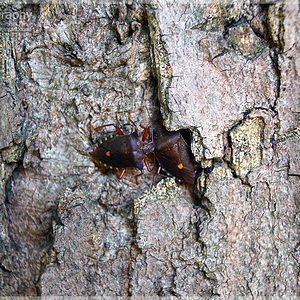
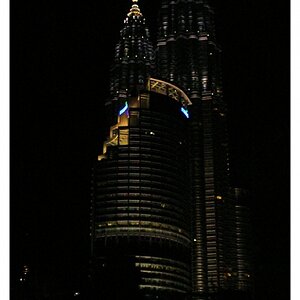
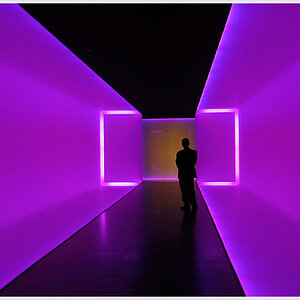
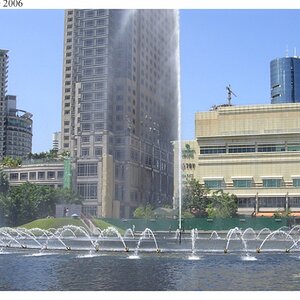
![[No title]](/data/xfmg/thumbnail/41/41756-e54235f9fba04c8380cd991845bb84b1.jpg?1619739881)
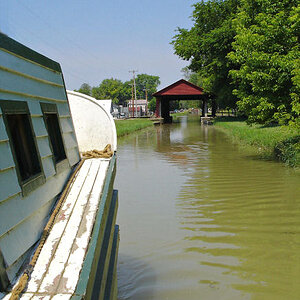
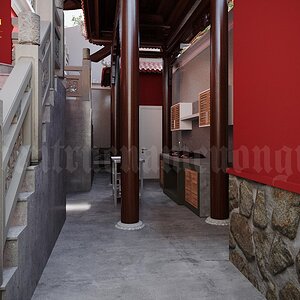
![[No title]](/data/xfmg/thumbnail/30/30873-79f4c5bc298110a994e9eed027728db8.jpg?1619734490)
![[No title]](/data/xfmg/thumbnail/42/42348-b961c40032587da9952402de14b5976a.jpg?1619740146)
![[No title]](/data/xfmg/thumbnail/41/41862-7cc80b10f9effd079847b9dd210dbe2a.jpg?1619739925)
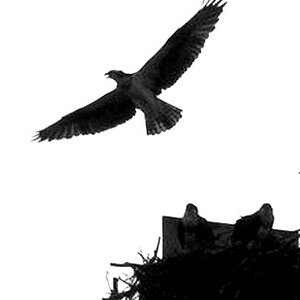
![[No title]](/data/xfmg/thumbnail/30/30870-c7febc7c14dc6447653c2ae2355ffc61.jpg?1619734488)